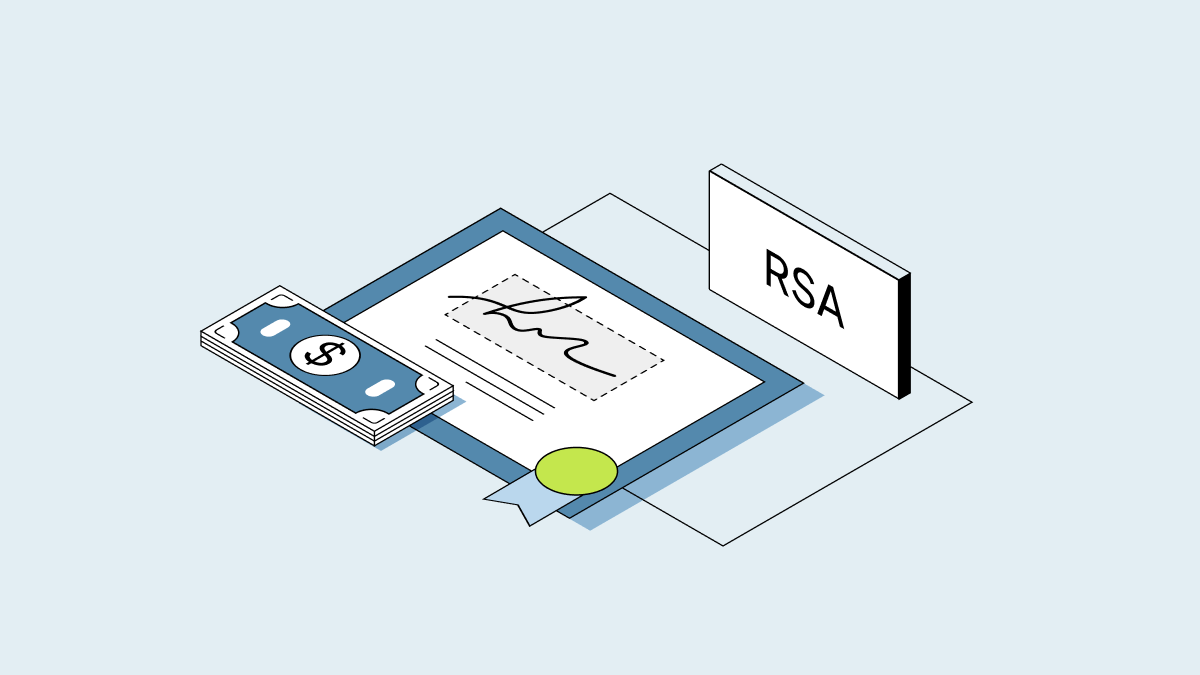The founder journey doesn’t stop after you’ve launched your startup and raised multiple rounds of venture capital. Whether your sights are set on exiting through an acquisition, merger, initial public offering (IPO), or another path, having an exit strategy in place early on can help guide your startup to success well before you ring the opening bell at NYSE or sign the final paperwork for a big merger.
What is an exit strategy in business?
An exit strategy is a business plan that outlines how and when a founder, CEO, investor, or other stakeholder will liquidate a company. There are several types of liquidity events you may plan for, including:
-
Public offerings
-
Mergers
-
Acquisitions
-
Liquidations
Types of exit strategies
Below is a basic overview of the most common exit strategies available for private companies. We recommend consulting with your startup lawyer or other advisor to help comb through the different options—and to help you weigh potential buyers.
IPO
Going public via an IPO is the ultimate dream for most entrepreneurs and business owners. But a traditional IPO isn’t for everyone—and in fact, most private companies don't exit through an IPO. A company can also list its shares publicly through a direct public offering or a SPAC (special purpose acquisition company).
Depending on your goals, such as price-per-share, avoiding lock up periods, or keeping a set business valuation, one type of public offering will be more beneficial.
Merger
A merger is when two or more companies combine to become one (they might adopt a new name in the process). In a reverse triangular merger (the most common merger structure), the buyer forms a new subsidiary that merges with the target company, resulting in the target becoming a subsidiary of the buyer.
Acquisition
The biggest prep work needed for an acquisition is determining the deal structure. There are two common structures for acquisitions:
-
Stock sale: This happens when the target company’s stockholders sell their stock to the buyer, such that the target company becomes a wholly owned subsidiary of the buyer. In some cases, a stock sale could involve the buyer absorbing the target so the target ceases to become a distinct entity.
-
Asset sale: This happens when the target company sells all or most of its assets to the buyer, then dissolves and pays the proceeds of the sale to the stockholders in the company's wind-down process.
→ Learn more about M&A transactions in Carta’s guide to mergers and acquisitions.
Private equity acquisition
Private equity buyers acquire business across the financing landscape— bootstrapped, venture capital backed, private equity backed, carveouts (public and private), among others.
Leveraged buyouts (LBO) are the most common private equity investment strategy. In an LBO, the private equity firm acquires a majority stake in the company, using equity and debt. This capital typically buys out existing stakeholders, and goes on the company’s balance sheet to fund growth. The portfolio company is then responsible for paying back that debt and interest through cash resulting from the operational improvements made during the private equity firm’s ownership tenure.
Not all private equity firms use debt. Growth equity or growth buyout firms may fund transactions with minimal to no leverage, allowing the company to continue investing in growth.
Liquidations
Liquidation is a conversion of assets to cash or cash equivalents by selling to a consumer. This is typically an option if your business is insolvent and isn't able to pay its creditors. The liquidation process also can help with negotiating the debt down with those creditors as well as help to avoid filing for bankruptcy. When your business is liquidated, any remaining assets are paid to creditors and shareholders. Although not as common, liquidation can also be a voluntary option.
Liquidation is also an alternative to (and in most instances, is easier than) attempting to sell your business. The sale of a business requires the buyer to purchase all assets, which can become a more difficult and complex sale.
Liquidation vs. dissolution
Liquidation is part of the process of ending a business. However, if your business entity is an LLC or corporation, it will continue to exist after a liquidation and will still be subject to obligations such as annual filings and taxation requirements.
Dissolution is the process of terminating a legal business entity. When the business is dissolved, it will no longer have compliance obligations within the state in which it was incorporated or registered.
How to plan a successful exit
Once you’ve determined which exit option is right for you, here are some general steps you can take to prepare. Carta can help support you during this process when it comes to deal modeling, due diligence, IPO preparation, liquidity solutions, and tax planning.
Organize your financial statements
Ahead of term sheet negotiations, it’s important to understand your company’s anticipated returns based on deal size and other factors so you can in turn understand your breakeven valuation. Settle any debts and address any other outstanding obligations.
Due diligence preparation
You can prepare your company for an M&A deal by familiarizing yourself with what sorts of documents will be requested by the buyer and what happens during their due diligence. The due diligence process may involve sharing disclosures with potential buyers, additional financial audits and reporting, and negotiation conversations between management teams. Some due diligence processes take a couple of weeks, while others take months.
Communicate with investors and stakeholders
Investor communications are always important, but especially leading up to an exit event. Your investors, board members, and other key stakeholders want to know how they’ll be paid out and what their expected ROI is. If you have employee owners, you may want to inform them at this time, ahead of customers.
Communicate with employees and customers
Depending on the size and scope of your company, you may also want to share your exit plans with employees and customers ahead of time to ensure a smooth transition. This should only be done after due diligence, board approval, and other key steps are completed.
Secondary transactions before an exit
Companies can run structured secondary transactions to allow for liquidity in their shares for their stockholders at any time, but there are strategic opportunities to do so—for example, within 90 days of a primary funding round or when a cohort of early employees fully vest in their initial stock grants. If an exit is still far away, you may choose to use secondary transactions— like tender offers— as a tool to clean up your cap table by consolidating your stockholder base.
In addition, private secondary transactions can offer shareholders an opportunity to liquidate some or all of their shares while the company is still private. Liquidity can allow early investors to secure a return on their investment and can give employees the chance to cash in their equity compensation.



